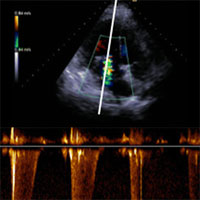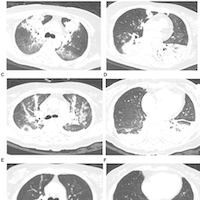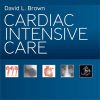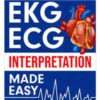Estimate Artery Occlusion Pressure in Critically Ill Patients Under Mechanical Ventilation Using Doppler Echocardiography
journals.lww.com
In mechanically ventilated critically ill patients, Doppler transthoracic echocardiography indices are highly specific but not sensitive to estimate pulmonary artery occlusion pressure.
Transmitral early velocity wave recorded using pulsed wave Doppler (E), late transmitral velocity wave recorded using pulsed wave Doppler (A), and deceleration time of E wave were recorded using pulsed Doppler as well as early mitral annulus velocity wave recorded using tissue Doppler imaging (E′).
Pulmonary artery occlusion pressure was measured simultaneously using pulmonary artery catheter.
There was a significant correlation between pulmonary artery occlusion pressure and lateral ratio between E wave and E′ (E/E′ ratio) (r = 0.35; p < 0.01), ratio between E wave and A wave (E/A ratio) (r = 0.41; p < 0.002), and deceleration time of E wave (r = –0.34; p < 0.02). E/E′ greater than 15 was predictive of pulmonary artery occlusion pressure greater than or equal to 18 mm Hg with a sensitivity of 25% and a specificity of 95%, whereas E/E′ less than 7 was predictive of pulmonary artery occlusion pressure less than 18 mm Hg with a sensitivity of 32% and a specificity of 81%. E/A greater than 1.8 yielded a sensitivity of 44% and a specificity of 95% to predict pulmonary artery occlusion pressure greater than or equal to 18 mm Hg, whereas E/A less than 0.7 was predictive of pulmonary artery occlusion pressure less than 18 mm Hg with a sensitivity of 19% and a specificity of 94%. A similar predictive capacity was observed when the analysis was confined to patients with EF less than 50%. A large proportion of E/E′ measurements 32 (60%) were situated between the two cut-off values obtained by the receiver operating characteristic curves: E/E′ greater than 15 and E/E′ less than 7.
















